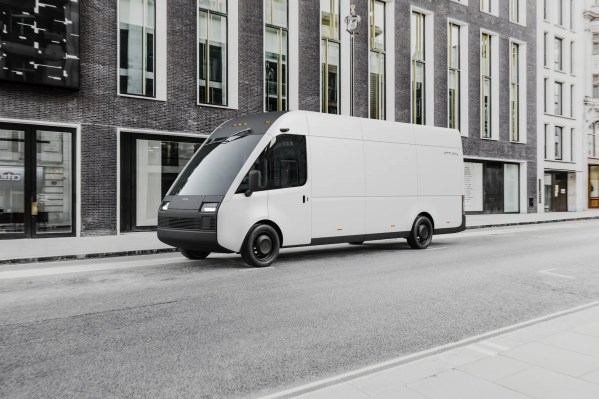Arrival, the once buzzy EV startup that went public via a merger with a blank check company, is in its final death throes.
The company has secured a $50 million bridge loan, funds that will keep it afloat long enough to explore a potential sale, according to a regulatory filing posted Wednesday. The additional liquidity, which has a term of 120 days, is being provided by Antara Capital and Highbridge Capital Management.
Arrival plans to the use the bridge financing along with its remaining cash on hand to find a buyer or other “strategic alternative transaction.” In other words, Arrival has been given a tight framework to sell the company and pay back companies and people it’s indebted to. It’s the equivalent of lending someone $5 to buy enough gas to drive the car down to the dealer and sell it.
Arrival was once a high-flying EV startup with an ambitious plan to use microfactories to build electric buses, vans and even a car designed for Uber drivers. Those plans are now just distant images in the rearview mirror.
In the past 15 months, the company has laid off workers four times, slashed production targets and dropped its Uber car and bus programs. It has also failed to meet Securities and Exchange Commission filing requirements, most recently missing another deadline to file its 2022 annual report.
Arrival executives have also looked for more capital to keep the company alive. Arrival secured a $300 million lifeline back in March 2023 to help it stay in business through the end of 2023 as it sought additional dedicated funds to develop its XL delivery vans for the U.S. market and start production in Charlotte, North Carolina by 2024. The company also took other measures such as a reverse stock split to help it regain compliance with the Nasdaq.
None of those schemes has worked.
Arrival said in its Wednesday filing it ended the first half of 2023 with about $43 million of cash and cash equivalents. The company reported a net loss of $155.7 million in the first half of the year, compared to a loss $100 million in the same period in 2022. Arrival has tried to reduce costs through restructuring efforts that involved laying off the bulk of its employees. It also reduced capital expenditures to $4.1 million in the first half of 2023, compared to $198.9 million in the first half of 2022.
